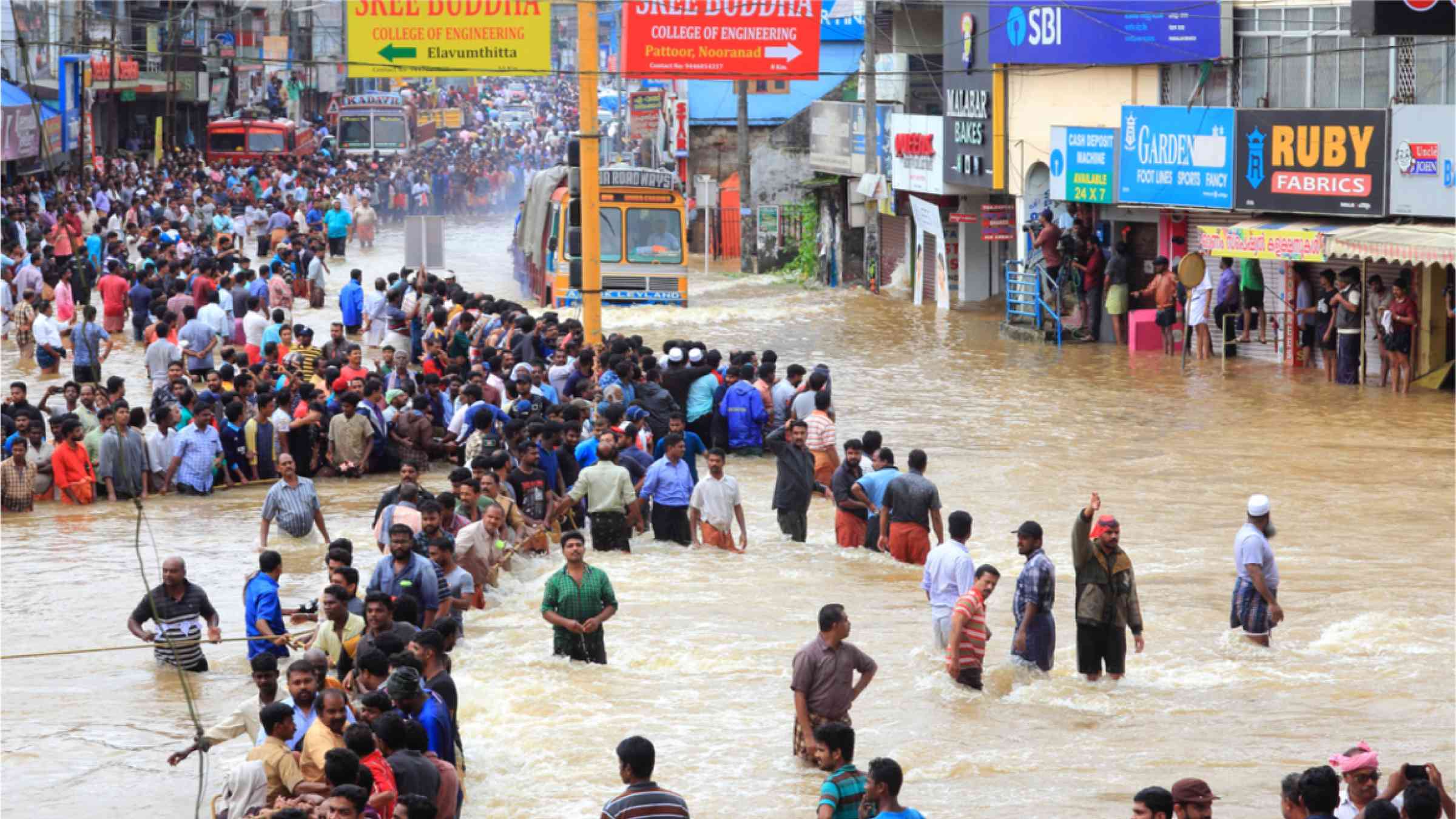Please help us improve PreventionWeb by taking this brief survey. Your input will allow us to better serve the needs of the DRR community.
Mapping vulnerability: Why the IPCC’s geography of climate risk is contentious

The UN’s climate science panel labelled 3.3-3.6bn people as highly vulnerable to climate disaster – but the definition is disputed
For the first time, a major scientific body has identified the number people who live in contexts that are highly vulnerable to climate change: 3.3 to 3.6 billion people – nearly half the world’s population.
[...]
A map showing how scientists arrived at that number was deemed too misleading and problematic by many national representatives to include in the summary for policymakers. A version of it remains in the underlying report.
It painted much of the African continent red, for “very high” vulnerability, while Caribbean islands threatened by intense hurricanes and sea level rise – but with more money and infrastructure to cope – were depicted as less vulnerable. Australia, where 20 people died recently in extreme flooding, is ranked as one of the safest places to live.
[...]
Defining vulnerability is “a political question,” said Richard Klein, a senior researcher at the Stockholm Environment Institute. “There is no [single] truth when it comes to vulnerability because there are many different possible interpretations. Indices can tell you whatever you want them to tell you.”
The IPCC defines vulnerability in its report as “the propensity or predisposition to be adversely affected” and “lack of capacity to cope and adapt”.
[...]
The vulnerability assessment was useful “in that it gives us a sense of the scale of the problem,” she told Climate Home. And while the map relies on a small set of indices, it talks to “a much broader narrative that some of our foundations are simply at risk”.
The IPCC acknowledges the limits of this national level assessment of vulnerability, noting that there are highly vulnerable groups in low vulnerability countries.
[...]
Explore further
Please note: Content is displayed as last posted by a PreventionWeb community member or editor. The views expressed therein are not necessarily those of UNDRR, PreventionWeb, or its sponsors. See our terms of use
Is this page useful?
Yes No Report an issue on this pageThank you. If you have 2 minutes, we would benefit from additional feedback (link opens in a new window).